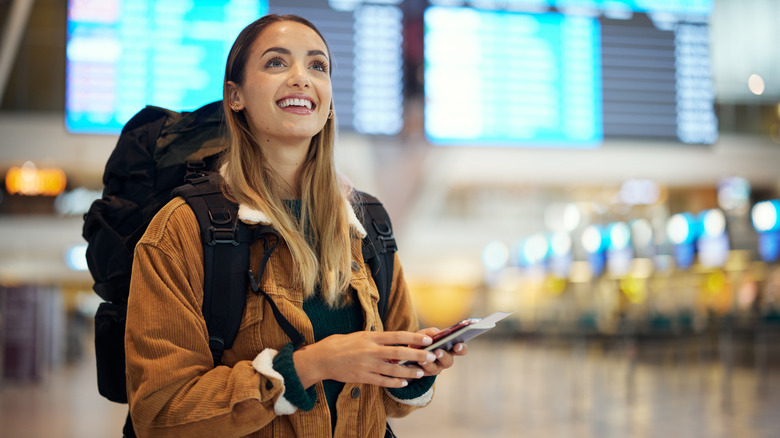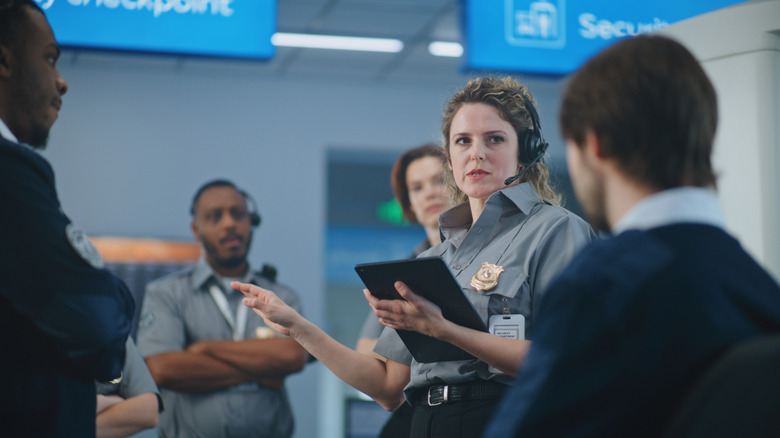Does TSA's Digital ID System Actually Work? Here's What Users Say
It's now possible to use your digital ID at about 250 airports in the United States, which should, theoretically, get you through checkpoints faster. If you're not familiar, digital IDs are a new form of digital verification that works with modern consumer platforms and TSA scanners. Your digital ID integrates with third-party platforms like Apple Wallet (with Apple's Digital ID feature), Google Wallet, or Samsung Wallet, but you can also use your state-issued app. What's interesting is that even with your digital ID handy, you still need to carry an "acceptable compliant physical ID," like a passport or driver's license (per TSA).
With most new implementations of technology, there are growing pains and technical troubles, and it's evident from the reviews of those who've used the new verification system that this holds true here, too. Several community members on Reddit have weighed in, sharing their experiences and anecdotes about how the new digital ID system works in the real world. Some of those stories are not flattering. Apparently, there's a lot of user error on the part of travelers, officers, and agents involved, with complications caused by the necessary equipment. Some have successfully used the service after forgetting their wallet and physical IDs at home, which is risky. Others remarked on the need to have a reliable and active data or mobile connection to access the necessary mobile apps. For the most part, it seems like it's very much YMMV (your mileage may vary).
What is the digital ID system, and why doesn't it work?
Participation is optional, so you don't have to use digital ID technologies if you don't want to — which is probably good since there are users remarking that it doesn't work as effectively as it should. There are more in-depth guides on how to set up a TSA digital ID pass on your phone. But to keep it brief, you essentially add your state-issued driver's license or ID card to a mobile app — the apps have to be TSA-approved, of course. Once that's set up, you can simply tap your mobile device to send data via NFC (near field communication) with the appropriate digital ID readers at TSA checkpoints or scan the QR code presented. They will take a photo of you for facial recognition, which you can decline for privacy if you'd like, though it doesn't hurt to know what TSA's facial scan actually does with that data first. It feeds into a tandem system with Customs and Border Patrol.
The point of a digital ID is to help passengers and agents alike with a more thorough yet efficient process. You get through checkpoints faster thanks to quick and reliable verification. At least that's how it's supposed to work. Due to technical issues, mostly with the TSA equipment, if users are to be believed, it's not working in many cases. That doesn't mean passengers aren't able to board their flights or be verified; it just means they have to go through a more traditional process, and that also means they need their physical IDs to verify. That's likely why the TSA still requires you to have them when you travel. For now, if you're traveling, always bring extra documentation just in case.

